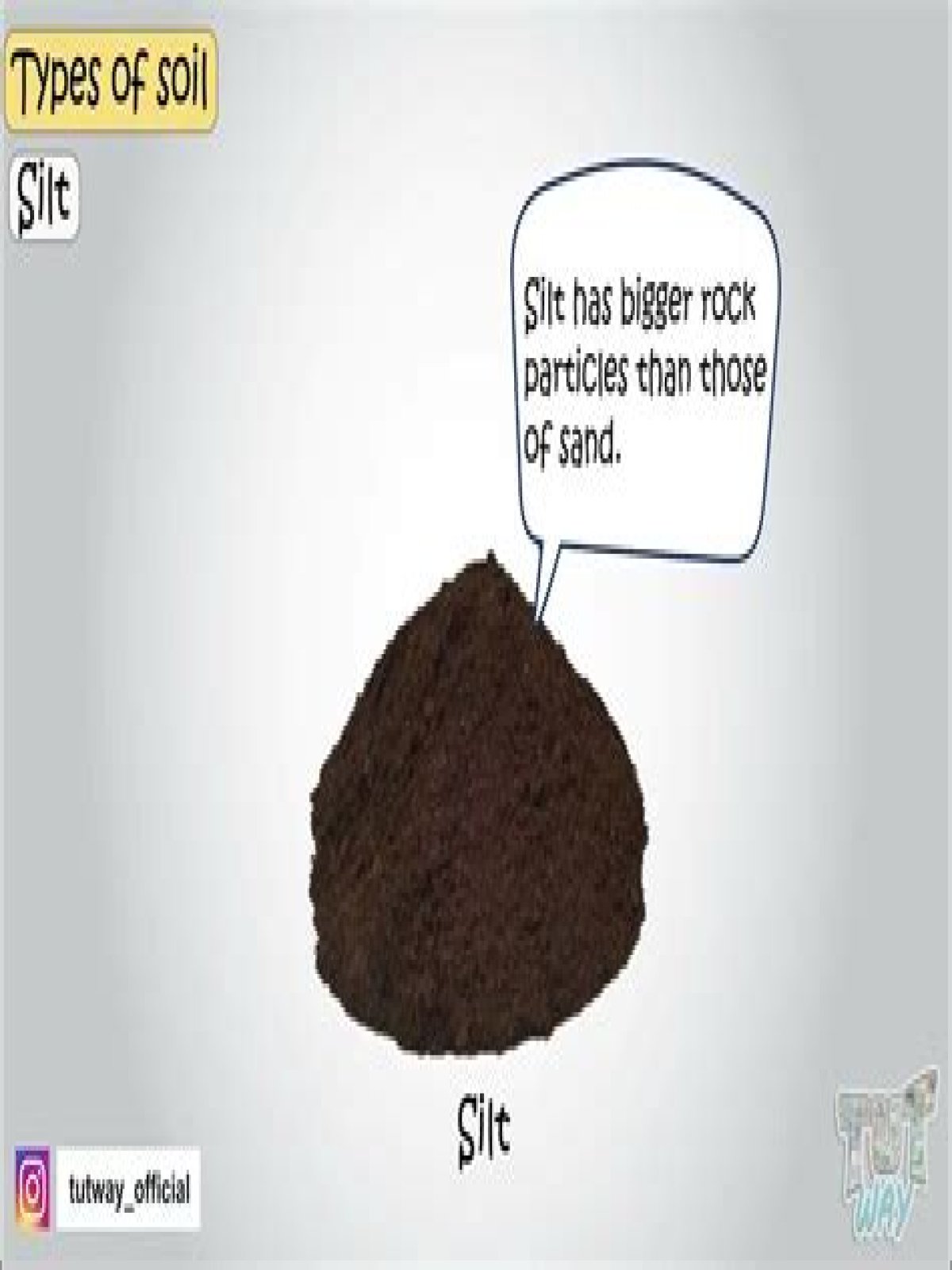Why is clay more porous than sand?
Surprisingly, clay can have high porosity too because clay has a greater surface area than sand, therefore, more water can remain in the soil. However, clay has bad permeability. Some surface soils in the area have a high clay content (very small particles), so they have high porosity but low permeability.
Does sand have more porosity than clay?
Generally speaking, sand is more porous than clay because sand particles are larger and the pore spaces between the particles are also larger. However, typically speaking, a sand is both more permeable and more porous than a clay – but only typically.
Is clay soil porous?
Depending on the size of these soil particles, the texture can range from very porous (sandy) to extremely dense and resistant to water movement. Soil of this latter type is known as clay soil, due to the fact that most of its mineral particles are very fine clays.
Is sand a porous soil?
Soil porosity, or soil pore space, are the small voids between particles of soil. For example, silt and clay soils have a finer texture and sub-micro porosity, therefore, they are able to retain more water than coarse, sandy soils, which have larger macro-pores.
Which of the following is the most porous sand?
Which of the following is the most porous sand? Explanation: Even when the silica sand are packed as mould cavity, they show enough porosity and permeability, and hence are porous sands. 6.
Why is the void ratio of clay so high?
-Specific surface area of fine grained soils is greater than coarse grained soils, So the void ratio is high. -Even though the void ratio is higher for fine grained soils the coefficient of permeability is low because of water absorption is more and double layer thickness of clay particle.
What is the most porous soil?
Clay Clay is the most porous sediment but is the least permeable. Clay usually acts as an aquitard, impeding the flow of water. Gravel and sand are both porous and permeable, making them good aquifer materials. Gravel has the highest permeability.
Which soil type was the most porous?
Clay is the most porous sediment but is the least permeable. Clay usually acts as an aquitard, impeding the flow of water. Gravel and sand are both porous and permeable, making them good aquifer materials.
Which type of clay is the most porous?
Clay soils have the highest porosity, and sand the lowest.
Which is more porous sand or silt or clay?
Sand is always more porous because the particles are larger, thus the spaces between the particles are larger and more commonly interconnected allowing permeability as well as porosity.
What kind of pore space does clay have?
Clay is sticky and plastic-like to handle when wet. The individual particles are extremely small and can only be seen with the aid of an electron microscope. Soils are made of particles of different types and sizes. The space between particles is called pore space.
Which is better for drainage sand or clay soil?
Soil Improvement. Organic matter improves drainage and porosity in all three soil types. Clay and silt soils benefit from the addition of sand to improve drainage. Sand benefits from a small amount of added clay or silt to improve water and nutrient retention. Sandy loams have larger pores than pure sand.
What kind of soil has the smallest porosity?
The bulk of mineral content is made of clay, silt and sand, with clay being the smallest. The spaces between minerals and organic materials in the soil indicate porosity. Water and air communicate through soil as a result of porosity. Soil structure is one the most important aspects of growing a healthy garden.
Which is more porous sand or clay soil?
Clay soils have the highest porosity, and sand the lowest. For a given volume of soil, sand weighs more and clay less, even though particle density is about the same.
How can you tell the difference between Clay and sand?
These individual particles can only be seen with the aid of a microscope. Clay is sticky and plastic-like to handle when wet. The individual particles are extremely small and can only be seen with the aid of an electron microscope. Soils are made of particles of different types and sizes.
Clay is sticky and plastic-like to handle when wet. The individual particles are extremely small and can only be seen with the aid of an electron microscope. Soils are made of particles of different types and sizes. The space between particles is called pore space.
The bulk of mineral content is made of clay, silt and sand, with clay being the smallest. The spaces between minerals and organic materials in the soil indicate porosity. Water and air communicate through soil as a result of porosity. Soil structure is one the most important aspects of growing a healthy garden.
